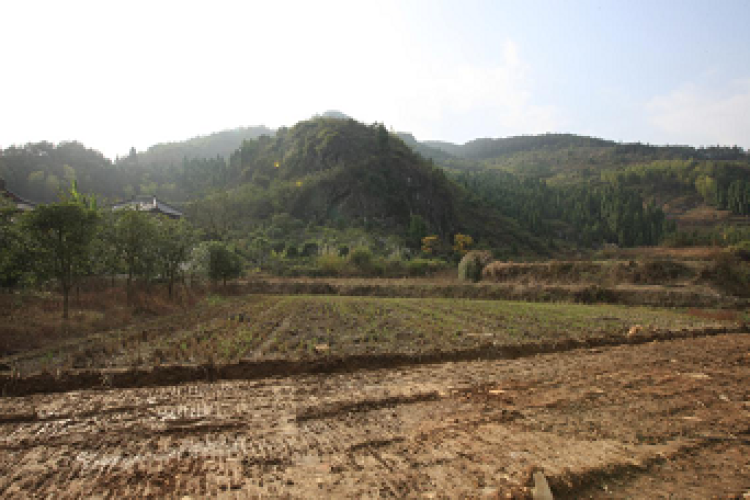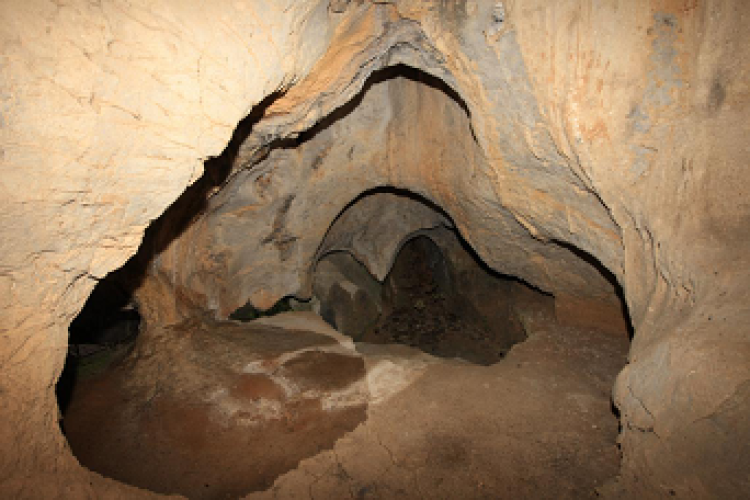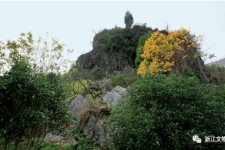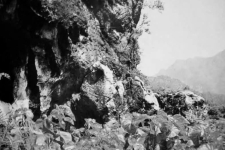Turtle Cave site is located in Jiande City Lijia Town Xinqiao Village Hangtou, about 400 meters east from the natural village of Zao Yuan.The entrance is about 15 meters above the surface of the local river and the roof of the cave has collapsed.
The site was discovered in 1962 and investigated by the Institute of Vertebrate Paleontology and Paleoanthropology of the Chinese Academy of Sciences in 1974.The remaining area of the cave is about 34 square meters. The upper layer of the cave is purple and red, and the thickness is 35cm. One canine tooth fossil and the last hyena fossil of Quaternary mammal are collected. The lower layer of yellow-red clay, 110 centimeters thick, collected saber-tooth elephant and other 17 animal fossils. The upper right canine tooth fossil, 11.6 mm high, its shape, the unearthed stratum and the concurrent unearthed paleontological data, belongs to the type of Homo sapiens, named "Jiande people", 50,000 to 100,000 years ago.
The fossils of human teeth were first discovered in Zhejiang Province. They belong to the late Homo sapiens stage. The discovery has increased the distribution of Homo sapiens fossils in China. In 2013, it was included in the seventh batch of key national cultural relics protection units.




